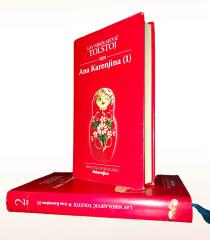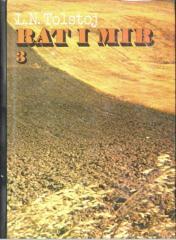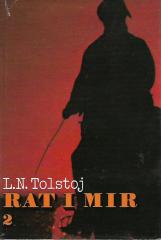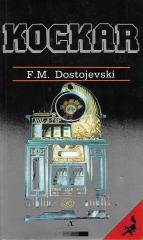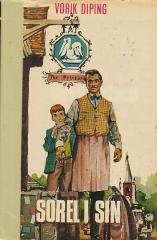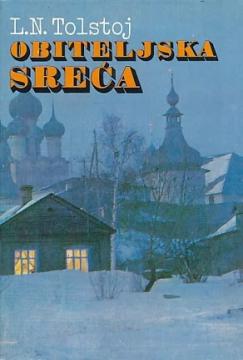
Obiteljska sreća
Obiteljska sreća (1859.) je značajno djelo Tolstojevog ranog opusa. Za razliku od njegovih kasnijih moralističkih radova, ovdje Tolstoj nudi nježnu, intimnu priču, fokusiranu na osobne odnose, što ga čini jedinstvenim u njegovom opusu.
U Rusiji 19. stoljeća, sedamnaestogodišnja Maša, nakon gubitka roditelja, osjeća težinu samoće u seoskom domu. Njezin život osvjetljava dolazak Sergeja Mihajloviča, obiteljskog prijatelja i zrelijeg muškarca, čija prisutnost donosi toplinu i nadu. Roman Obiteljska sreća, jedno od intimnijih djela Lava Nikolajeviča Tolstoja, prati Mašinu emotivnu i duhovnu evoluciju kroz ljubav i brak.
Maša se zaljubljuje u Sergeja, očarana njegovom mudrošću i nježnošću. Njihova veza cvjeta, ali brak donosi neočekivane izazove. Maša, puna mladenačkih ideala, sanja o strastvenom životu, dok Sergej traži mir seoskog života. Preseljenje u grad dodatno zakomplicira stvari: Maša je privučena sjajem društvenih krugova, dok Sergej ostaje vjeran jednostavnosti. Njihovi sukobi otkrivaju različite poglede na ljubav i sreću, a Maša prolazi kroz unutarnju borbu između osobnih želja i obiteljskih dužnosti. Na kraju, kroz rođenje djece i pomirenje, Maša pronalazi dublji smisao u obiteljskom životu, shvaćajući da sreća leži u prihvaćanju stvarnosti, a ne u romantičnim idealima.
Obiteljska sreća predstavlja most između njegovih autobiografskih radova (Djetinjstvo, Dječaštvo, Mladost) i kasnijih epova (Rat i mir, Ana Karenjina). Inspiriran Tolstojevim vlastitim odnosom s Valerijom Arsenjevom, roman istražuje teme ljubavi, braka i ženske emancipacije, anticipirajući složene psihološke portrete u njegovim kasnijim djelima.
Jedan primjerak je u ponudi
